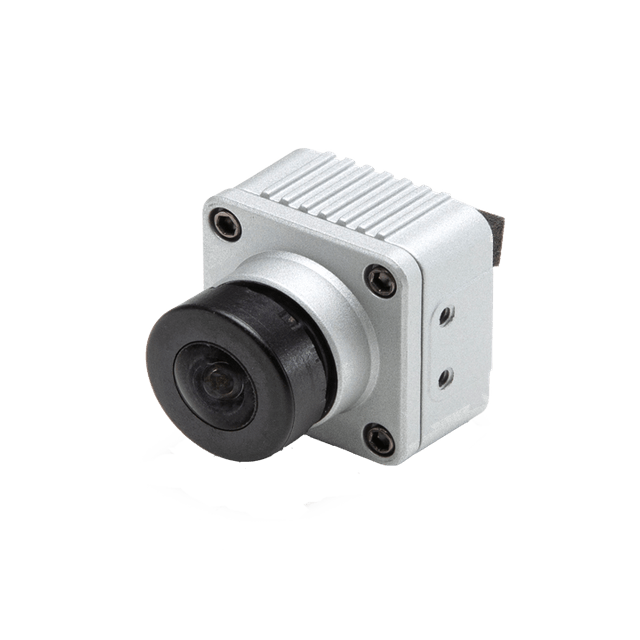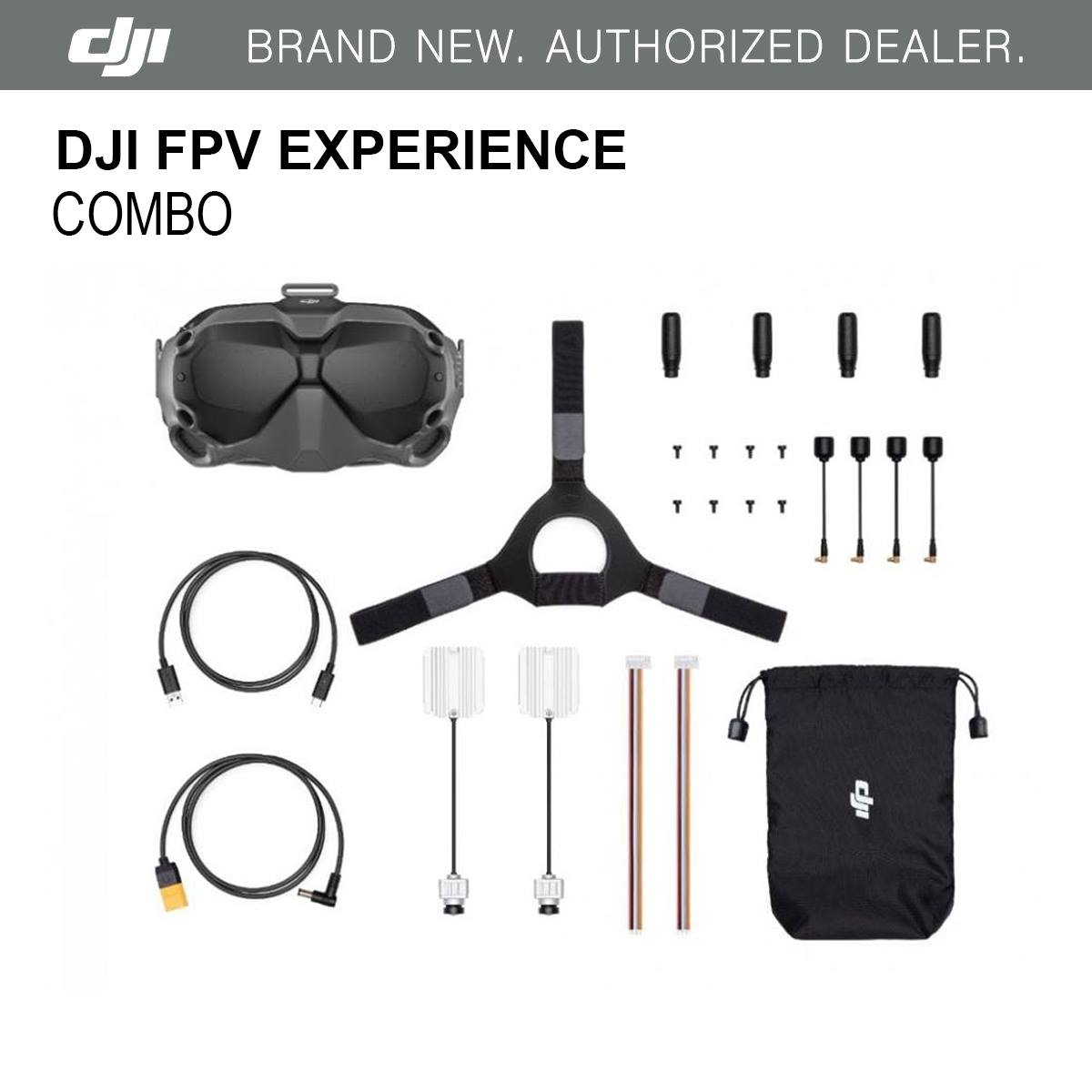
In High-Quality Mode, the resolution stays the same, but the frame rate drops to 60fps, and the lag increases to 40ms. In low-latency mode, they can stream video at 810p/120fps with about a 28ms lag time. Small dials on the bottom of the goggles let you fine-tune their focus. The image produced by the FPV goggles was incredibly immersive, taking up nearly all my field of view. As a result, light seeped in, though it wasn’t overly distracting during flights. The goggles were comfortable to wear, though they didn’t form a great seal around the sides of my head. It would be smart if there were a holder on the goggles’ strap, though.

Fortunately, the power cord is long enough so that you can stuff the battery in a jacket pocket. While it shaves some weight off the goggles, this approach makes things a little awkward. The FPV goggles don’t have their own internal battery, so to use them, you have to connect a small battery via a proprietary USB-C adapter. On the other side of the goggles are two other buttons, a microSD card slot, and a USB-C port. As with the controller, it took a bit of practice to remember where the buttons were and what they did, but I got the hang of things after a few flights. On the upper right side is a Record button, a Back button, and a small directional stick. The gray and black goggles are very angular, and have four screw-in antennas, one on each corner. DJI FPV Goggles can reach a maximum transmission distance (FCC) in a wide-open area with no electromagnetic interference, achieving minimum latency in Low Latency mode (720p/120fps).When you put them on, the FPV goggles make you look like a cross between Buffalo Bill in Silence of the Lambs and the dude from Hellraiser. The end-to-end latency is the total time from camera input to screen display. Custom-made myopia lenses are only compatible with DJI FPV Goggles and will be sold at the DJI Online Store.ġ0. Omnidirectional antennas are only compatible with other antennas that are left-hand circular polarized.ĩ. Users must remove the microSD card from their DJI FPV Air Unit and insert it in their DJI FPV Goggles to watch recorded videos.Ĩ.

#Dji fpv camera software#
4-in-1 integrated software for the DJI FPV RC reduces operational errors and allows users to change settings remotely.ħ. 7ms low latency between the DJI FPV RC and DJI FPV Air Unit can only be achieved under ideal conditions.

The DJI FPV Air Unit can also record in 720p/120fps (without audio).ĥ. All channels operate under a 5.8 GHz frequency.Ĥ. Channel eight can be changed manually to avoid interference from other devices. The default channel is eight and only one pilot at a time is allowed to use this channel. There are up to eight channels for DJI FPV Goggles depending on the region (FCC: 8, CE/SRRC: 4, MIC: 3). Latency rate under 28 ms at 720p/120fps and under 40 ms at 720p/60fps.ģ. Always fly your drone within visual line of sight unless otherwise permitted.Ģ. Maximum flight range specification is a proxy for radio link strength and resilience.
#Dji fpv camera free#
Unobstructed, free of interference, when FCC compliant. 4km maximum transmission distance FCC: 4 km, CE: 0.7 km, SRRC: 4 km. LED mode increases the color saturation on LED lights and reduces noise during night races, allowing pilots to track the location of their air units easily.ġ.


 0 kommentar(er)
0 kommentar(er)
